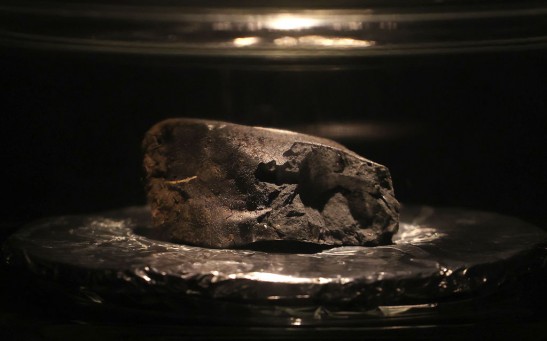meteorite
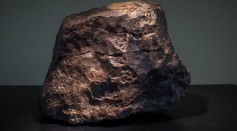
Extraterrestrial Liquid Discovered in Meteorite for the First Time, Holding More Clues of Earth’s Water Origin
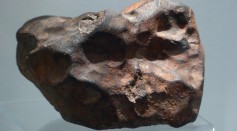
Aguas Zarcas Meteorite Showed Asteroid Discovered by OSIRIs-Rex Ejects Pebbles

Canyon Diablo Meteorite that Slammed Earth 50,000 Years Ago Features a Different Diamond Crystal that Can Improve Electronics
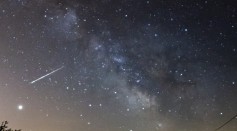
Black Beauty a.k.a. Northwest Africa 7034 Martian Meteorite Impact Crater on Earth Found Using Machine Learning

Drones, Artificial Intelligence Successfully Recovered Fallen Meteorite in Australia For the First Time
Rare 4.6-Billion-Year-Old Meteorite Discovered in England Found Lying in Imprint of a Horseshoe
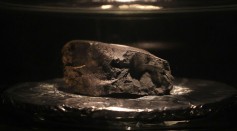
Winchcombe Meteorite Officially Classified as 'Extremely Rare Space Rock' Worth Almost $140,000

Scientists Found Fossilized Microbes in 175 Million-Year-Old Martian Meteorite

Basin in the Falkland Islands Shows Traits of Large Meteorite Impact; One of The World's Largest
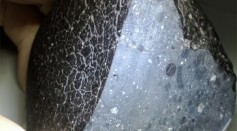
When Red Dust Settles, Only ‘Black Beauty’ Remains
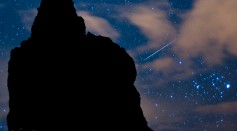
Quadrantids Arrive—First Meteor Shower of 2015 TONIGHT, Jan. 3

Should Mysterious Craters in Siberia Be Cause for Concern?
Most Popular

How Technology Is Changing the Real Estate Industry?

Study Reveals High Turnover in Scientific Research Careers: What This Means for Future Scientists

Nikolay Karpenko Biography, Photo, Career, Accomplishments

China’s Tiangong Space Station to Expand Its Capabilities With New Modules

